How to Choose the Best Rod for Bass Fishing (Comprehensive 2025 Guide)
Share this article with every angler you know!
When you’re getting into bass fishing, you’ll probably feel a bit overwhelmed by how much gear is available and just how much each piece of gear can differ from the rest with seemingly microscopic differences.
This can make it difficult to throw together a good kit that’s fun and effective to use.
However, while lures, lines, and terminal tackle can be overwhelming, they’re not as impactful on your fishing experience as you think. Choosing one brand of creature bait over another because it has a slightly longer tail mostly comes down to personal taste and the good old “Well, this caught my personal record” mindset that every fisherman is bound to fall into. In reality, just about any of that can be used effectively depending on your skill level.
Get notified of new bass fishing articles, tips and tricks!
Newsletter Signup
No, the real piece of equipment that makes a very noticeable difference is your rod. The rod dictates how fast and hard you can set the hook, how far you can cast accurately, how comfortable your fishing experience is, and yes, how your lures perform under the water; among a number of other things such as how easily you can tell what’s happening beneath the surface.
Sure, smaller factors such as jig head shapes, lure sizes, line types, and other things can have small impacts on those characteristics, but most of it comes from the rod itself.
So, we're going to lay out everything you need to know about buying a bass rod so you can start lipping your personal-best bass in no time.
Let’s get started.
What is the Best Rod for Bass Fishing?
First, let's get this out of the way. There isn't a "best rod" for bass fishing. There are so many bass fishing techniques you can use, and each one typically benefits more from one-rod configuration than another. So, any time you pick up a rod, it's going to excel at one or two techniques, but you'll be sacrificing performance with other techniques. Not to mention, certain features work better with some lures than they do others.
This is why many professional, and even die-hard average anglers, have a set of two, three, or even more rods that go with them on every trip. They can switch them out on the fly depending on which technique they’re using at a given time. They might have a heavy, slightly shorter, rod for skipping frogs on the surface, a medium rod for throwing weightless worms and flukes, a medium-heavy rod for jigs, and a medium-light for when they simply want to skim some inline spinners through the water for some quick fun.
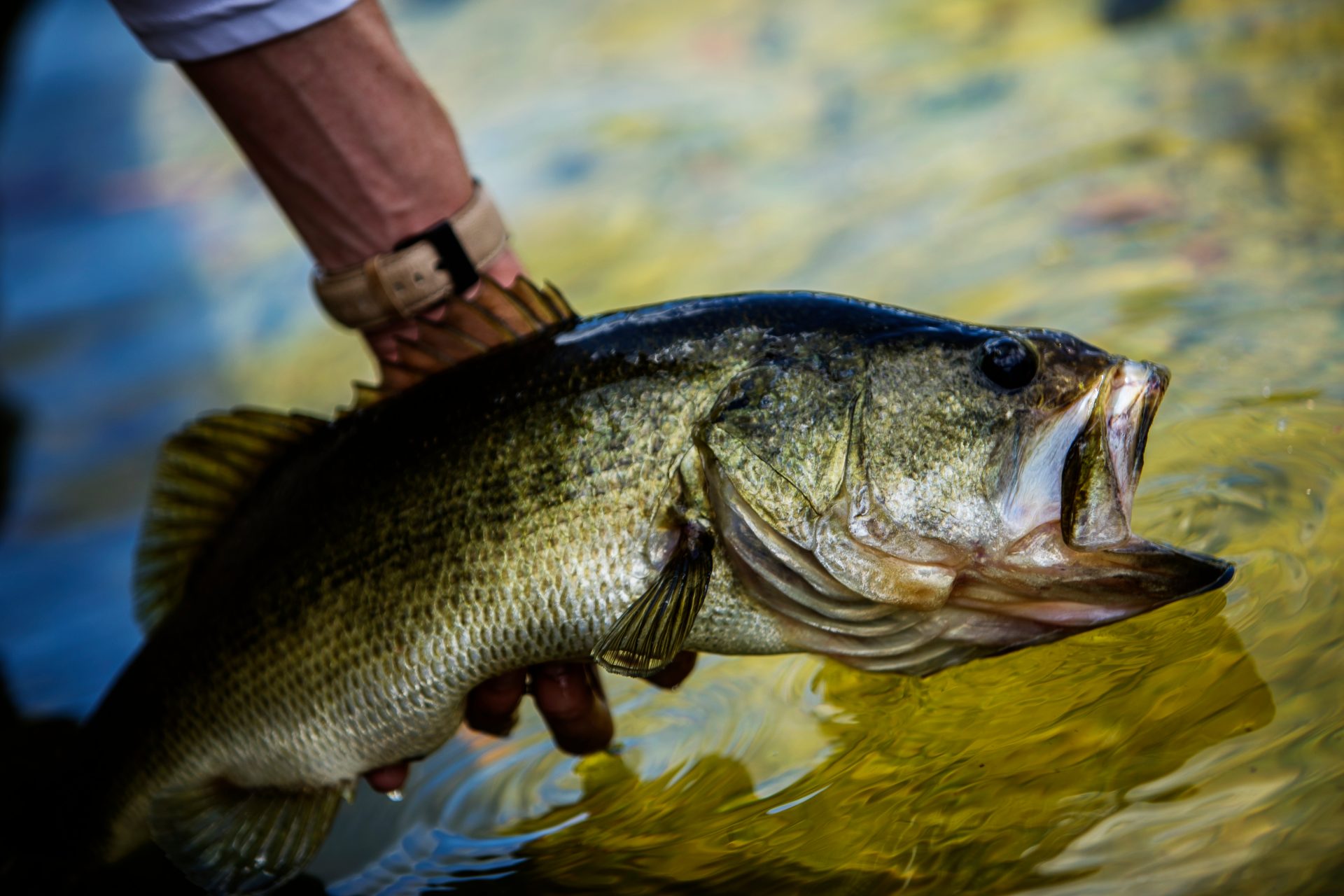
While there isn’t a magic rod that will do everything you can possibly ask of it flawlessly, you can get pretty close by figuring out exactly what techniques you prefer to use and buying a rod that compliments those techniques as much as possible. You don’t have to immediately outfit yourself with several rods for several techniques and take out a second mortgage to afford it all. It comes down to finding, not the best rod, but the best rod for you and what you’re doing.
What to Consider When Purchasing a Bass Rod
When you’re narrowing down your rod selection to one that’s truly going to serve you well, there are a number of things to consider besides the rod’s traits.
Fishing Technique
As we touched on earlier, there are tons of different fishing techniques you can use to catch bass, and each one will work better with a certain type of rod.
Because of this, you need to figure out what type of bass fishing you want to do, and that will largely be determined by the ponds and lakes you fish in.
Are your local water holes rock-bottomed with tons of natural and synthetic debris you’re likely to get caught on? Opting for something that’s best at throwing spinners and other snag-prone baits probably isn’t a good idea unless you want half your tackle box to end up wrapped around various underwater debris. Instead, you might want something more suitable for topwater baits and jigs that can maneuver around those obstacles far easier.
However, if you have relatively good fishing holes with few snag risks and plenty of weeds and visible brush piles to fish around, something more conducive for tossing flashy spinners, crankbaits, and other lures that you can zip past those structures and draw aggressive bites with will probably be a better choice than just hopping jigs across the bottom at random.
If you can develop an understanding of the fishing holes you’re most likely to frequent and the techniques that work best at those holes, you will have an easier time finding a rod that serves you better than any other rod on the market.
Lure Size
You’re highly unlikely to pick up a ¼-ounce jig and fall so in love with it that you only throw ¼-ounce jigs from here on out. You’ll want to try different sizes during different seasons, or you might even want to go weightless with some soft-plastic lures from time to time for a very natural presentation. This makes it a little more difficult to narrow your rod choice down to just a single rod.
If you look at the markings on the blank of the rod, you'll notice that, beyond the rod's power and action ratings, there is a suggestion label for what line and lure weight you should use with the rod. Going under that weight can easily cause your casting distance to suffer, and going over it can lead to your rod looking like a whippy noodle bopping around all over the place as you pull the lure back in; ruining your ability to detect bites effectively.
Luckily, rods tend to have a weight range for the lures they're rated to throw effectively. So, if you're stuck buying one rod, you're not just stuck with one size of the lure.
You can narrow down what size of lure you’ll be using, in terms of weight, but looking at the technique you’re focused on. If you’re throwing mid-sized jigs, you’ll usually want a rod rated for ¼ to 1-ounce lures. With that, you can easily throw the majority of jigs you’ll want to try, larger crankbaits will be within that range, and you can even throw soft-plastic lures if you take advantage of the Texas rig or Carolina rig to add a bit of weight to them. You don’t tend to get into heavier lures until you start throwing bigger spoons and swimbaits. However, keep in mind that you’ll be making a sacrifice. If you notice that the fish are biting on smaller or lighter baits such as weightless worms, you won’t get the casting distance you’re used to.
Body Size
If you’re a bit on the short side, whipping an 8-foot rod around can be a bit of a hassle. It can be done, and it often is with something such as crappie fishing, but you cast a lot more often with bass fishing, and you’ll likely find yourself in a lot of on-the-bank spots that make manipulating larger rods an infuriating experience regardless of your size.
You still need an appropriate rod length to get the casting distance and accuracy you need, though. If you’re on the shorter side, a 6’6” rod to a 7’ rod is probably ideal. For taller individuals, you can really leverage a 7’6” or 8’ rod in your favor. There are some specialty rods that are 5’ or 6’, but those probably won’t be what you’re choosing from for a general bass rod that you want to use 99% of the time. It’s best to stick with the average rod lengths if you’re just starting out and looking for one rod that handles all your needs effectively.
Spinning or Casting
Finally, you need to consider whether you’ll be using a spinning reel or a baitcaster. If you’re a beginner fisherman, you’ll likely want a spinning rod. Spinning reels are easier to use, and as long as you pick the right size for the rod you’re using, they can more or less handle the same lures as a baitcaster.
Once you’ve figured that out, look at your rod blank before purchasing it. Does it have a “hook” near where your hand will rest? That’s a casting rod. If it doesn’t, and it has larger eyelets, it’s a spinning rod.
Finding the Perfect One-Rod Solution for the Average Bass Angler
Alright, you now know what you need to look at before settling on a rod. As you can see, there are a lot of considerations to make, and we cannot possibly cover rod configurations for every possibility in just one article.
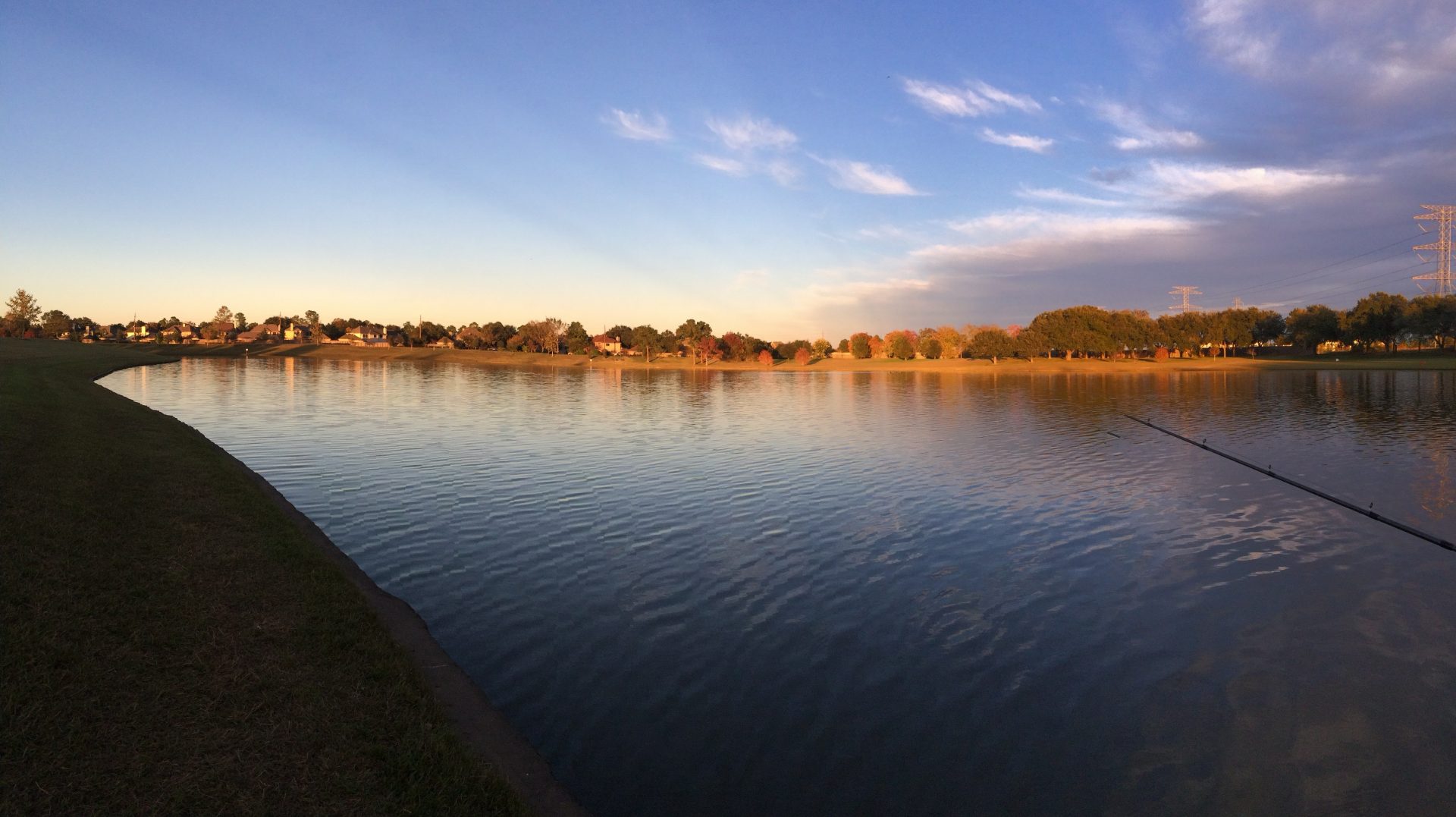
Instead, here are three rod configurations that will serve you perfectly for the three most common techniques; this way, you can choose the technique you want to use, and you can pick up a rod that matches our recommendations.
Weightless Soft-Plastics and Texas Rigs
A bag of soft-plastic lures in a variety of colors, some worm hooks, and perhaps a couple of light bullet weights is a combination that is sure to produce a good day of fishing. They can be used practically anywhere thanks to weedless hooking techniques, and they provide an ultra-realistic presentation. Not to mention, soft-plastic lures are cheap and perfect for beginners and pros alike.
If you want to take this route with your fishing, pick up a rod that matches the following specs:
Medium power
Fast action
6’6” to 7” depending on height
Graphite blank material
With that setup, you’ll be able to not only toss your soft-plastic lures weightless or Texas rigged with efficiency, but you’ll also be able to begin branching out into small to mid-sized cranks and jerk baits as you develop your skills. As an added bonus, on a bad day, this is perfectly fine for tossing on an inline spinner or BeetleSpin and picking up some panfish. On the flip side, these rods tend to be a bit whippy, and you’ll have to set your hook a lot harder to pierce a bass’s lip.
Jigs, Topwater, and Smaller Swimbaits
If you want a really flexible rod that can handle heavier lures, this recommendation is for you.
Medium-Heavy
Fast action
6’6” to 7’6”
Fiberglass blank material
This setup can easily throw heavier lures such as jigs and swimbaits, and it's stiff enough to handle the big blowups that topwater frogs produce. The fast-action tip will help you detect less aggressive bites, and you'll have plenty of control for making small, natural movements when bouncing your jigs around. The fiberglass blank is less sensitive compared to graphite, but it's also less likely to develop micro-fissures that will eventually snap your rod when a big bass latches on, and the fast-action tip will help offset that loss of sensitivity.
Large Swimbaits
Finally, we have a rod recommendation for the really big baits you’ll want to throw when targeting record-breaking bass. These are the large swimbaits that tend to be far out of the price range of a beginner angler, and if you’re reading this, you’re likely not going to use these. However, we have a recommendation, regardless.
Heavy
Medium-fast action
7’6”+
The blank material isn’t as important with this one. If a largemouth is big enough to latch onto a 9-inch, 3-ounce swimbait, you’re going to know it’s there. You also don’t want too flimsy of a tip, or the swimbait will drag it everywhere as it moves around; plus, a slightly stiffer tip will help set the hook without you having to dang-near rip its jaw off with your hook set. There are some major drawbacks to this type of rod, and it’s not ideal for average fishermen, though. You’ll have a lot of problems throwing some of the most common lures, you lose a lot of finesse ability, and the sensitivity of a rod like this is nowhere near on par with a lighter rod. However, if you’re patiently targeting the big boys, this is the way to go.
Get Your Rod and Start Your Bass Fishing Adventure
Getting into bass fishing and embracing the sport of it is something you'll take with you throughout your entire life. So, get out there, pick up your first bass fishing rod, and find out for yourself why bass is the number one sport fish in the world.
If you’re looking for some pro tips or fishing resources, Bass Forecast has your back.
Tight lines bass fanatics, start fishing smarter!



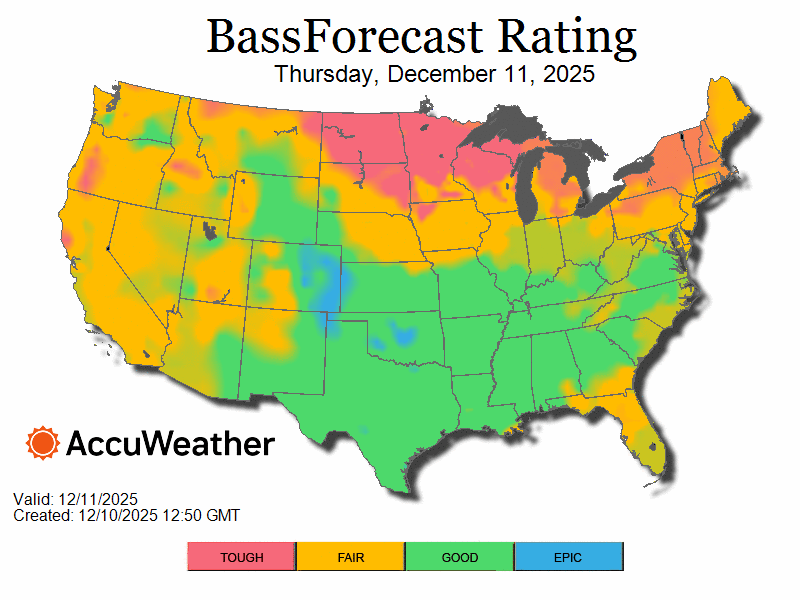
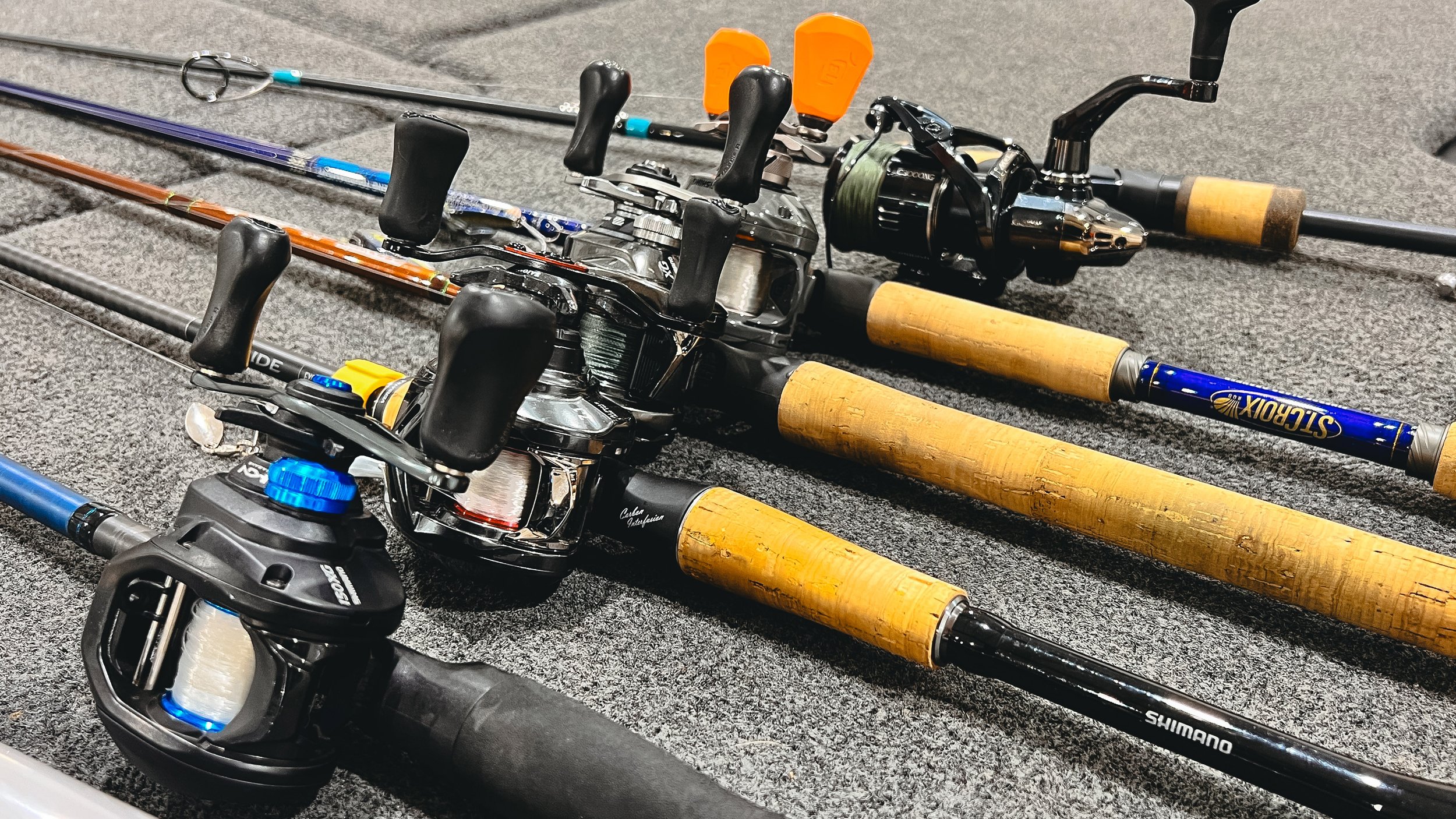
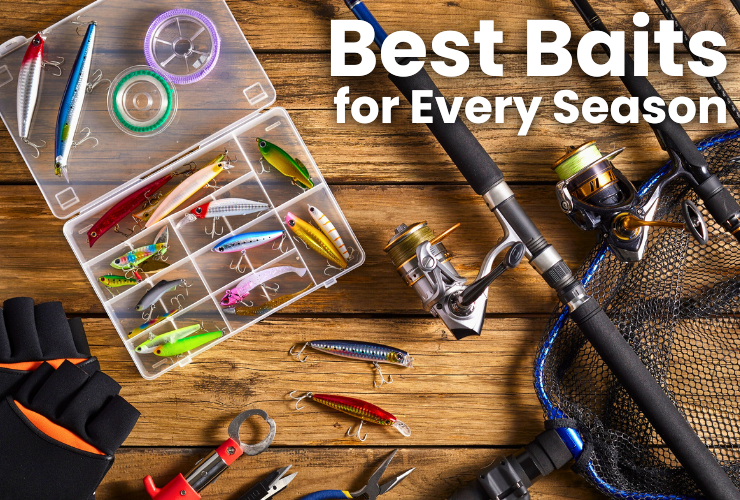
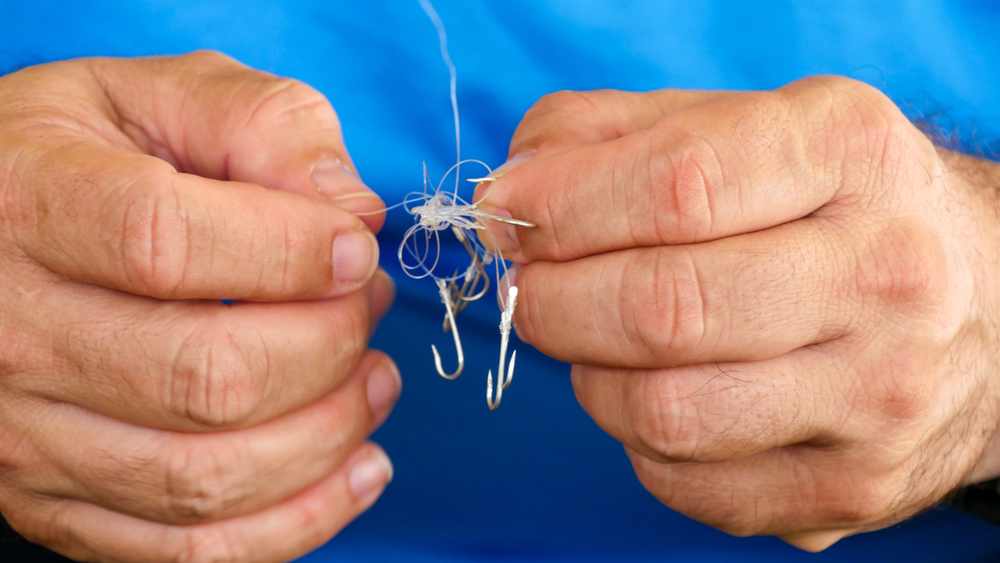

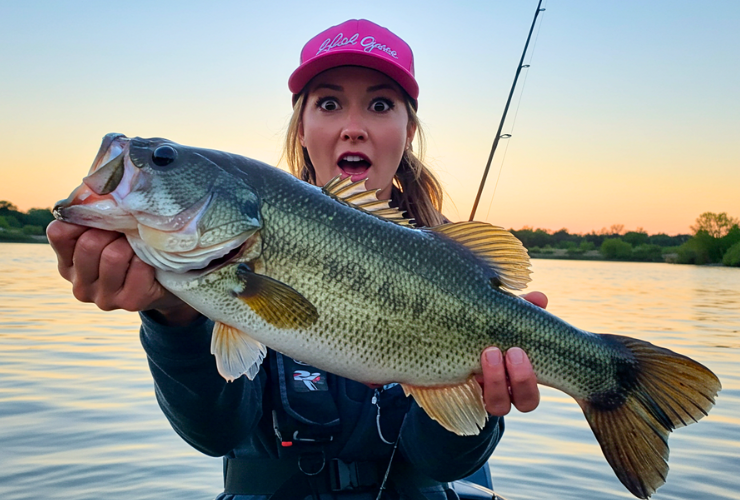
.png)
.png)